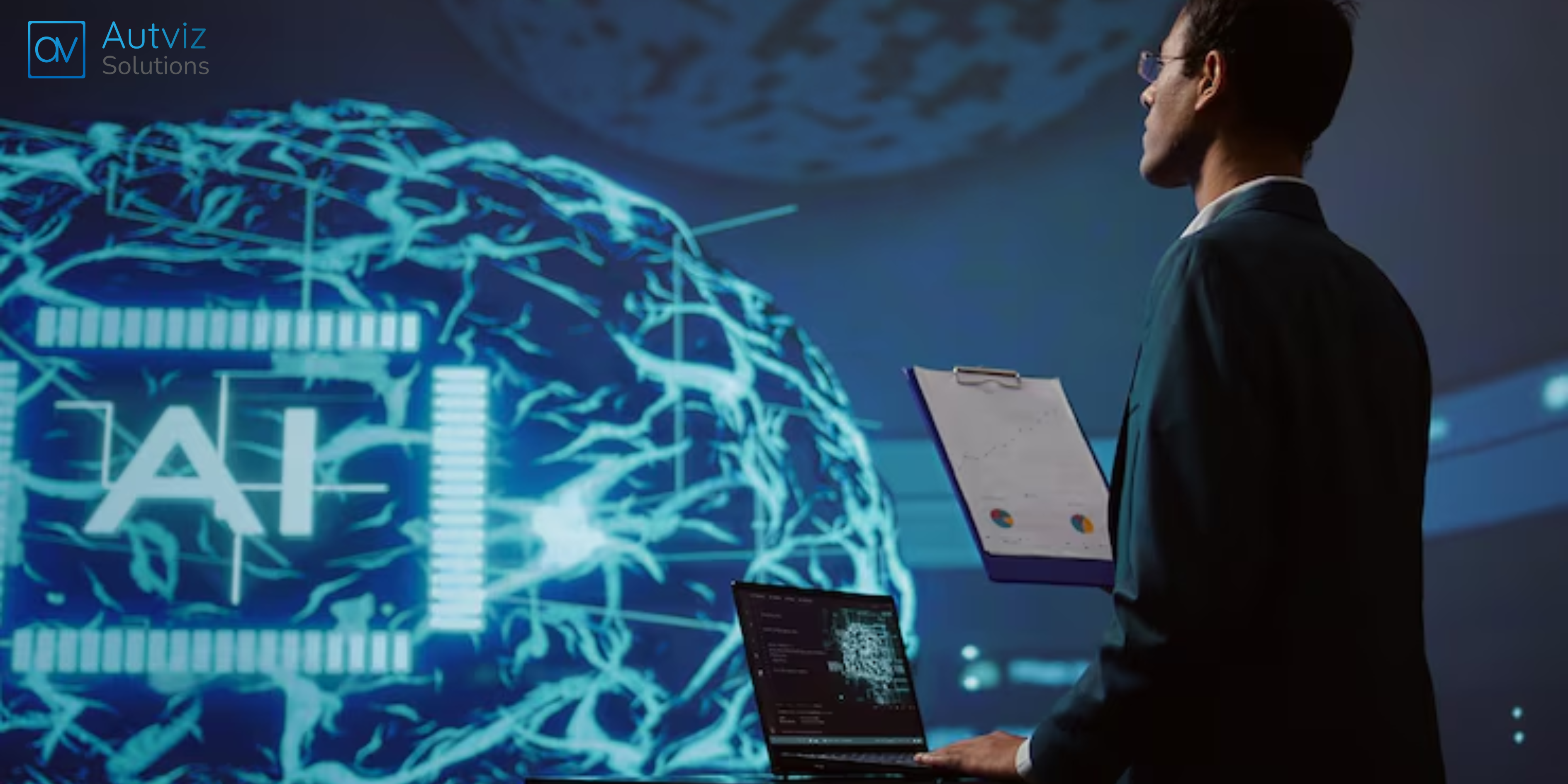
In today’s fast-evolving tech landscape, Generative AI is no longer just a buzzword—it’s a powerful tool that’s transforming how developers work, solve problems, and build software. From automating repetitive tasks to generating lines of code, Generative AI Developers are revolutionizing software development in ways we couldn’t imagine a few years ago.
Let’s dive into how this technology is reshaping the world of development, what benefits it brings, and what the future holds.
What Is Generative AI?
Generative AI refers to artificial intelligence systems that can generate content, whether it’s text, images, code, music, or even entire software programs. Tools like ChatGPT, GitHub Copilot, and Google’s Codey are examples of generative AI focused on assisting developers.
These tools are trained on massive datasets and can understand prompts in natural language, helping developers code faster, smarter, and with fewer errors.
1. Code Generation & Automation
One of the most noticeable changes is how AI can now write code for developers.
Platforms like GitHub Copilot, powered by OpenAI, act as AI pair programmers. Developers write a comment or a partial function, and the AI completes the rest. This not only saves time but also helps new developers understand syntax and structure faster.
Benefits:
-
Faster development cycles
-
Fewer syntax errors
-
Better boilerplate generation
Example:
Need to write a function that sorts a list of objects by date? Just write a comment and let AI generate it. Developers now spend less time on routine code and more on solving real problems.
2. Bug Fixing & Code Review
Generative AI tools can help detect bugs and offer suggestions on how to fix them. Some platforms even simulate running the code to predict where things might go wrong.
How it helps:
-
Speeds up the debugging process
-
Improves code quality
-
Encourages best practices
AI can also assist in code review, helping teams maintain high standards and catch potential issues before they become big problems.
3. Improving Documentation
Let’s be honest—developers don’t love writing documentation. But AI does!
Generative AI can analyze code and automatically generate documentation, comments, or even create markdown files that explain how each function works.
This improves:
-
Code readability
-
Team collaboration
-
Onboarding of new developers
Well-documented code is easier to maintain and scale, and AI is helping fill that gap efficiently.
4. Learning & Skill Development
For junior developers or those learning new languages, generative AI acts as an on-demand tutor. You can ask it to explain code, rewrite logic, or even teach you new frameworks.
Example:
Want to know the difference between useEffect and useLayoutEffect in React? Ask the AI.
This has made the learning curve less steep and is democratizing access to coding knowledge.
5. Rapid Prototyping & MVP Development
Generative AI can create full project templates, components, or even basic app structures in minutes. This is a game-changer for startups and small teams that want to test an idea quickly.
With AI:
-
You can build a functional prototype in hours, not days.
-
Frontend and backend templates can be instantly generated.
-
It’s easier to pitch ideas with working demos.
6. Enhanced Productivity with Natural Language Coding
Imagine building software by describing what you want in plain English. Generative AI makes this possible with natural language to code conversion.
Example:
“Create a login form with validation.”
Boom! The AI writes it out in your chosen language—React, Python, or even Flutter.
This bridges the gap between technical and non-technical stakeholders, allowing better communication and faster iterations.
7. Collaboration & Workflow Integration
Many generative AI tools now integrate seamlessly with popular IDEs like VS Code, IntelliJ, and cloud platforms like AWS and Azure. This enables developers to work smarter, not harder, without switching tools or breaking their flow.
With features like:
-
Auto-completion
-
Live suggestions
-
Inline documentation
AI becomes a true coding companion, not just a helper.
8. Security & Compliance Checks
Generative AI can also help developers stay compliant with security protocols and best practices. By analyzing code patterns, it can detect vulnerabilities and suggest safer alternatives.
Use cases include:
-
Checking for SQL injection risks
-
Recommending safer authentication methods
-
Ensuring compliance with GDPR or HIPAA
This adds a layer of built-in security early in the development process, reducing risk.
Challenges to Be Aware Of
While generative AI brings huge benefits, it’s not without its challenges:
-
Over-reliance on AI can make developers lazy.
-
Security concerns if sensitive data is entered into AI tools.
-
Code quality varies based on the model and training data.
AI should be seen as an assistant, not a replacement. It works best when paired with human intuition and expertise.
The Future of AI in Development
Generative AI is evolving rapidly, and in the future, we may see:
-
Fully autonomous code agents handling end-to-end tasks
-
AI-driven testing and deployment pipelines
-
Low-code/no-code platforms powered entirely by generative AI
The development process will become faster, more efficient, and more accessible to non-developers, too.
Final Thoughts
Generative AI is redefining the way developers work. From writing code to fixing bugs, documenting functions to building full apps, AI is becoming an indispensable tool in the developer’s toolkit.
But the key lies in using it responsibly and strategically. Developers who learn to collaborate with AI, rather than fear it, will be the ones who thrive in this new era of software development.